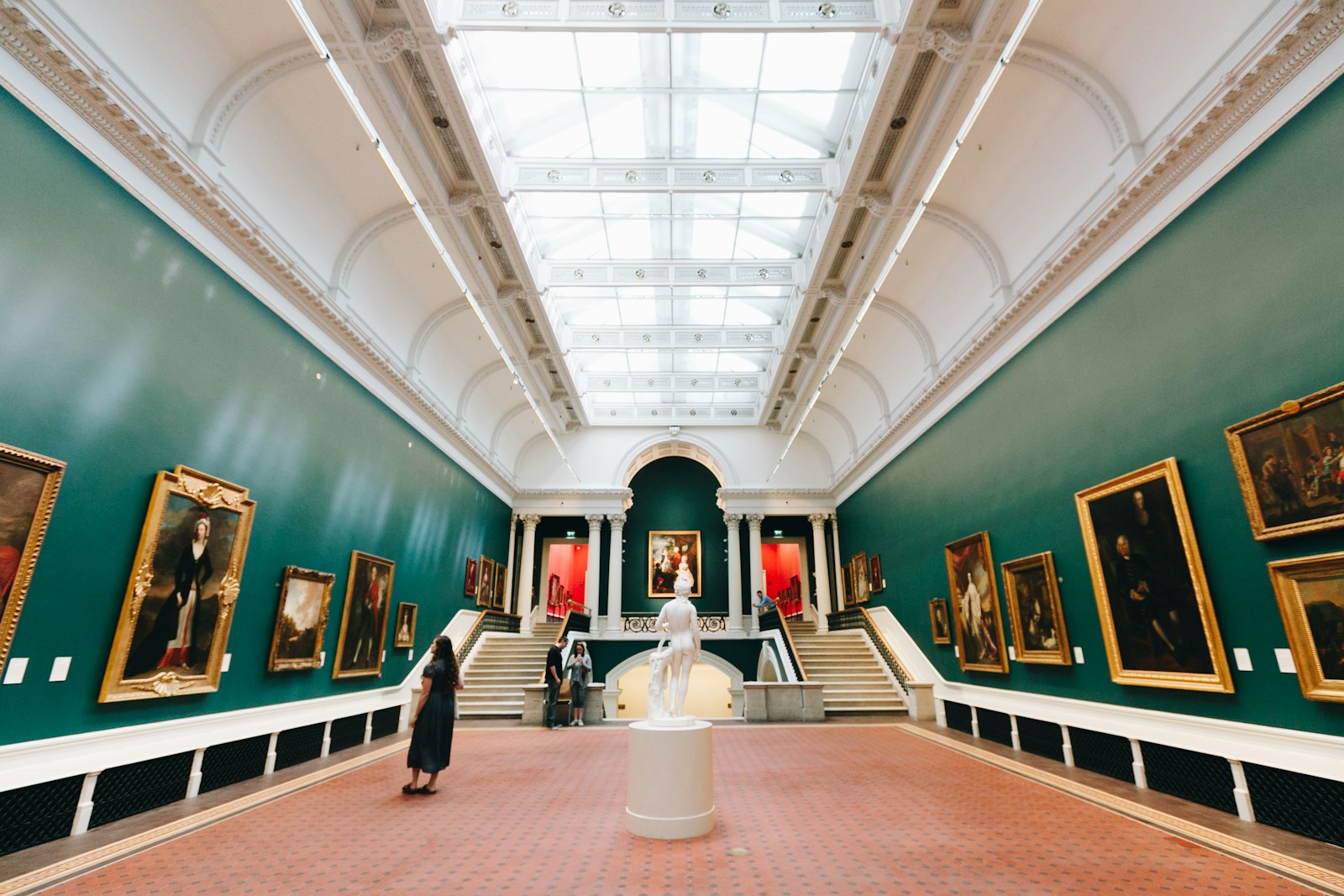You go to a really nice museum or surf through an excess of photos on the World Wide Web, and so you presume that all the pictures you look at are original. Ironically, reproductions do exist in museums legally, made quite well as forgeries with complete clearance and disclosure. They’re not reproductions that were created to deceive experts. They’re authentic replicas made for meaningful reasons, ranging from guarding delicate originals to sharing art with all of humankind on earth.
Museums rightfully refer to replicas as copies, but individuals fail to make the differentiation. Exploring why original institutions often display copies instead of originals highlights an intriguing aspect of art conservation, striking a balance between historical authenticity and the everyday experiences of visitors.
How Legal Forgeries Are Different from Criminal Counterfeits
Legal fakes are an oxymoron, but true reproductions of art are sanctioned by institutions. They’re not criminal fakes commissioned for the purpose of duping patrons, but rather reproductions commissioned by governments, estates, or museums for administrative reasons. They’re replicated to exacting standards in accordance with period technique and medium, even by master craftsmen.
The Sistine Chapel ceiling is just one instance. The export of full-sized copies of the photograph worldwide has also been licensed by the Vatican, allowing Michelangelo’s work to reach millions of people without the need to travel to Rome or subject the original to further deterioration from increased tourist pressure.
Important legal vs. illegal copy differences:
- Legal copies or reproductions are with clear notice of being a copy
- Museums offer a full comprehension of authenticity
- Production in collaboration with experts and right owners
- Commercially, for educational and conservation reasons only, never artful deceit
Such real replicas cost hundreds of thousands of dollars to produce. France’s renowned Lascaux Caves were famously closed for conservation purposes in the past, with a replica cave called Lascaux II being exhibited.
Read More: Time Capsules That Have Been Opened (and What Was Inside)
Why Museums Show Replicas Rather Than Originals
Curators face challenging decisions when choosing between displaying different paintings. Copies are exhibited more than to destroy one original. Light, air, and even human breathing ultimately cause the destruction of paintings. Too delicate to ever safely show in the first place, most of the paintings are.
Example: Dead Sea Scrolls traveling exhibitions feature most of the artifacts being substituted with replicas. Parchment will deteriorate as it becomes visible to the sun’s light, so original scrolls are displayed for a short period and then replaced with high-definition replicas. The public gets to enjoy nearly the same visual experience without risking two-thousand-year-old artifacts.
Replicas are also initiated due to security concerns. Collections can be stolen, and costly protection would need to be put in place. Insurance on traveling exhibits themselves might be greater than the cost of an exhibit. Replicas on tour minimize the risk of loss and make culture available.
Educational programs are also affected. Replicas can be handled; learning by touch is not an option with the original. Replica interactive displays keep young viewers longer than experiencing a momentary flash of an untouchable painting suspended over a glass sheet.
Read More: The Bizarre History of Everyday Sayings
The Art World Divided Over Museum Authenticity
Not everyone is comfortable with museum replicas. Purists lament that viewing replicas takes something away from the authentic article of standing in front of an artist’s original. They prefer originals reserved for museums, even though it means rotating collections or thinning crowds.
Pragmatists argue that most tourists will not be able to distinguish between a good replica and the genuine article. It must preserve national treasure for future generations at the cost of short-term tourist sites. Rotation of originals and alternates, turn by turn, during peak tourist periods is practiced in other museums. The British Museum and Louvre do the same, particularly with their most delicate artifacts.
Legal museum copies are suitable solutions to difficulties without necessitating solutions. Official artwork reproductions, as mandated by legislation, enable valuable originals to be preserved and bring masterpieces of art within reach. Museums enable integrity in the sense of correct identification, transforming potential fraud into accountable ownership.
Global warming and travel can afflict fragile artworks, and in such cases, other agencies can be relied upon to exhibit high-quality reproductions. The next time you visit the museum, lean forward and familiarize yourself with the labels; your eyes will likely be able to see that huge work of art as an authentic reproduction. Do you want to save art? Visit touring exhibitions that utilize copies, thereby preventing the draining of precious originals from permanent collections.
Read More: Secret Rooms and Hidden Passages in Famous Buildings




